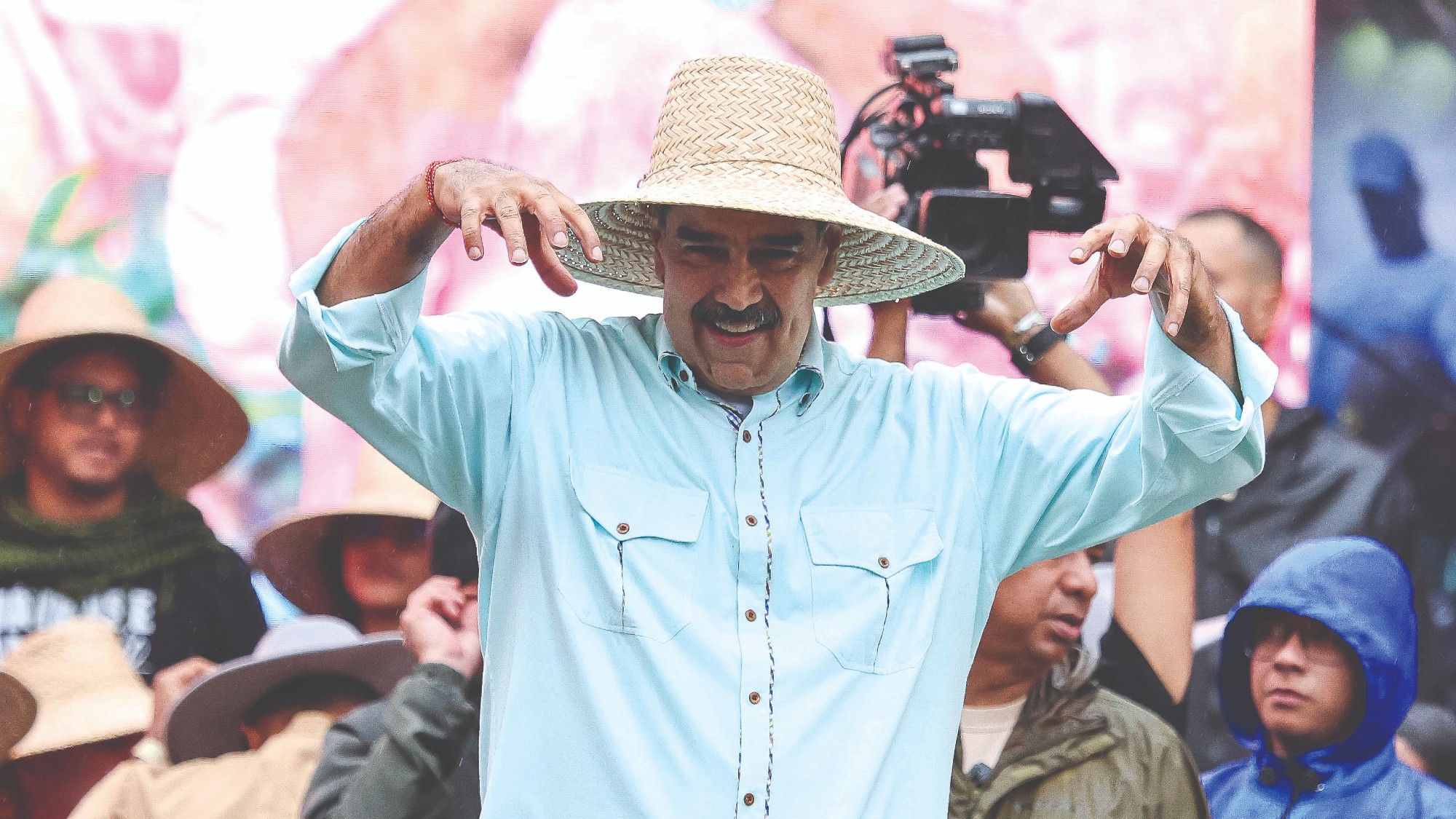Exhibit of the week: Seeing Now: Photography Since 1960
The Baltimore Museum of Art's exhibit of the history of photography over the past 50 years includes 200-plus prints and raises questions about the art of picture taking.
Baltimore Museum of Art
Through May 15
Contemporary photography is suffering “a crisis in confidence,” said Michael O’Sullivan in The Washington Post. That’s the unsettling sense one gets upon exiting the final room of this “sure-footed history of the past 50 years of picture taking.” With 200-plus strategically chosen prints—including many from such household names as Diane Arbus, Robert Frank, and Garry Winogrand—the quality of the work is high throughout. But the questions it raises get thornier: “Does a photograph merely record its subject or, by the very act of taking a picture, transform it?” Also, does a camera necessarily have to be involved? Take, for example, Marco Breuer’s 2009 Shot (C-917), a sheet of photo paper that was blasted with a shotgun, then processed in a darkroom. “The resulting abstraction, riddled with holes surrounded by burnt-orange coronas, is beautiful. But is it a photograph?”
The Week
Escape your echo chamber. Get the facts behind the news, plus analysis from multiple perspectives.

Sign up for The Week's Free Newsletters
From our morning news briefing to a weekly Good News Newsletter, get the best of The Week delivered directly to your inbox.
From our morning news briefing to a weekly Good News Newsletter, get the best of The Week delivered directly to your inbox.
That kind of question didn’t trouble photographers of the 1960s, said Tim Smith in The Baltimore Sun. Working in a medium that had just found firm footing in museums and university fine-art departments, Robert Frank and others found ways to capture multiple layers of meaning in their images. In Cape Cod, a 1962 work, Frank presents a beach scene featuring two seated figures, a naked young girl dancing in the shadows of a fluttering American flag, and a tabloid newspaper bearing the headline “Marilyn Dead.” The image “looks at once carefully staged and strangely natural,” which makes it all the more compelling. We yearn to discern where subjectivity ends and the editorializing begins, just as we do when viewing a series of color-saturated interiors, from 1983, in which William Eggleston “captures the stylistic horror and wonder that is” Elvis Presley’s Graceland.
You’ve seen the show wrong if it inspires you to seek a “unified” definition of what photography is, said Cara Ober in Baltimore’s Urbanite. It’s a medium characterized by “its complicated relationship to the truth.” In fact, the very complexity of that relationship is what makes photography such a versatile, boundaryless means of expression. No doubt, it helps us to see differently. Hiroshi Sugimoto’s Arctic Ocean, Nordkapp, for instance, appears at first to be a purely abstract composition. But move closer to this two-tone bisected rectangle, and it’s revealed to be an image of ocean and sky in which a time-lapse effect makes visible various “subtle changes in air, light, and water.” Photography, it seems, “can alter our perception of time.”
A free daily email with the biggest news stories of the day – and the best features from TheWeek.com
-
 The launch of the world’s first weight-loss pill
The launch of the world’s first weight-loss pillSpeed Read Novo Nordisk and Eli Lilly have been racing to release the first GLP-1 pill
-
 Six sensational hotels to discover in 2026
Six sensational hotels to discover in 2026The Week Recommends From a rainforest lodge to a fashionable address in Manhattan – here are six hotels that travel journalists recommend for this year
-
 Maduro’s capture: two hours that shook the world
Maduro’s capture: two hours that shook the worldTalking Point Evoking memories of the US assault on Panama in 1989, the manoeuvre is being described as the fastest regime change in history